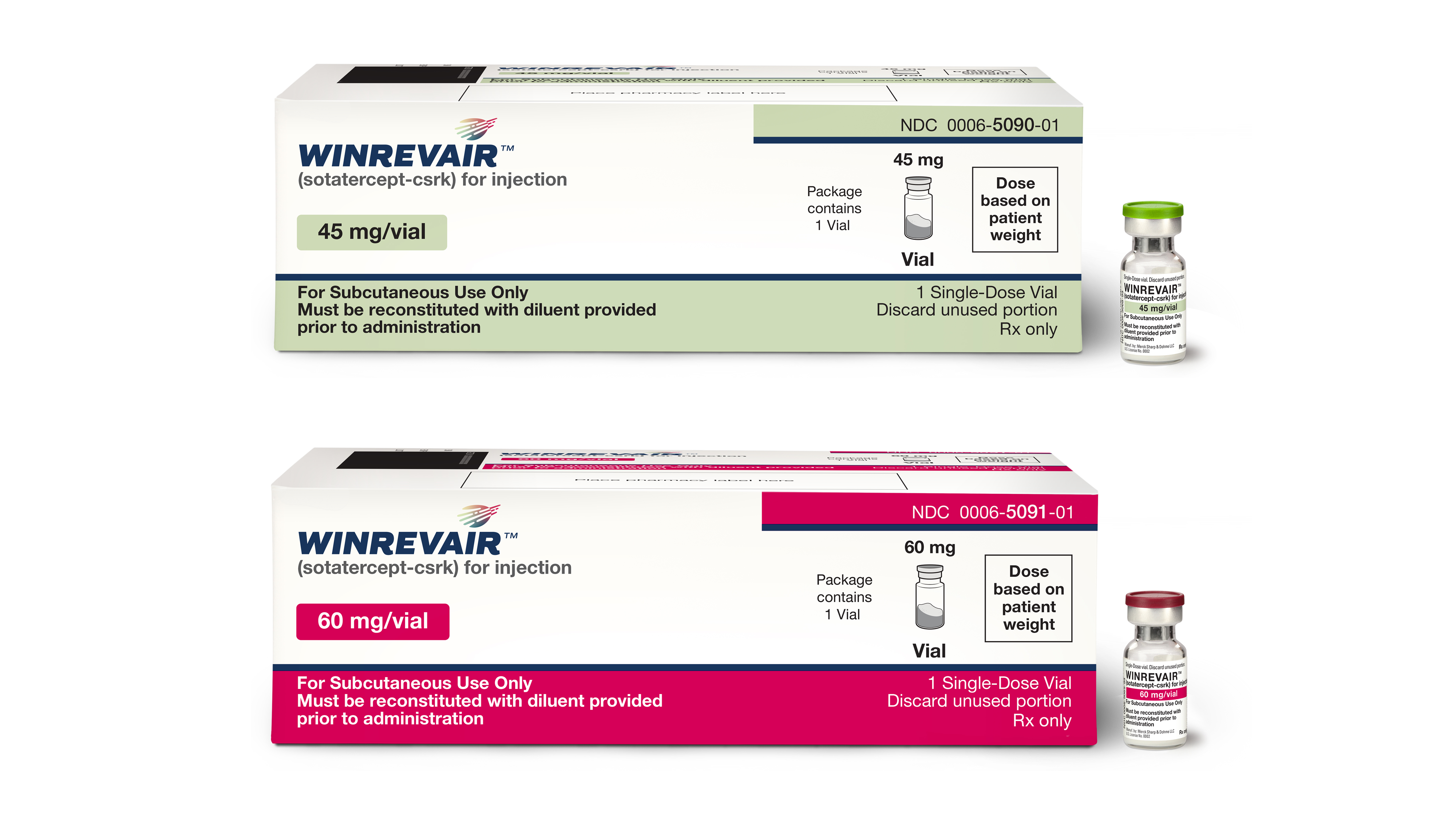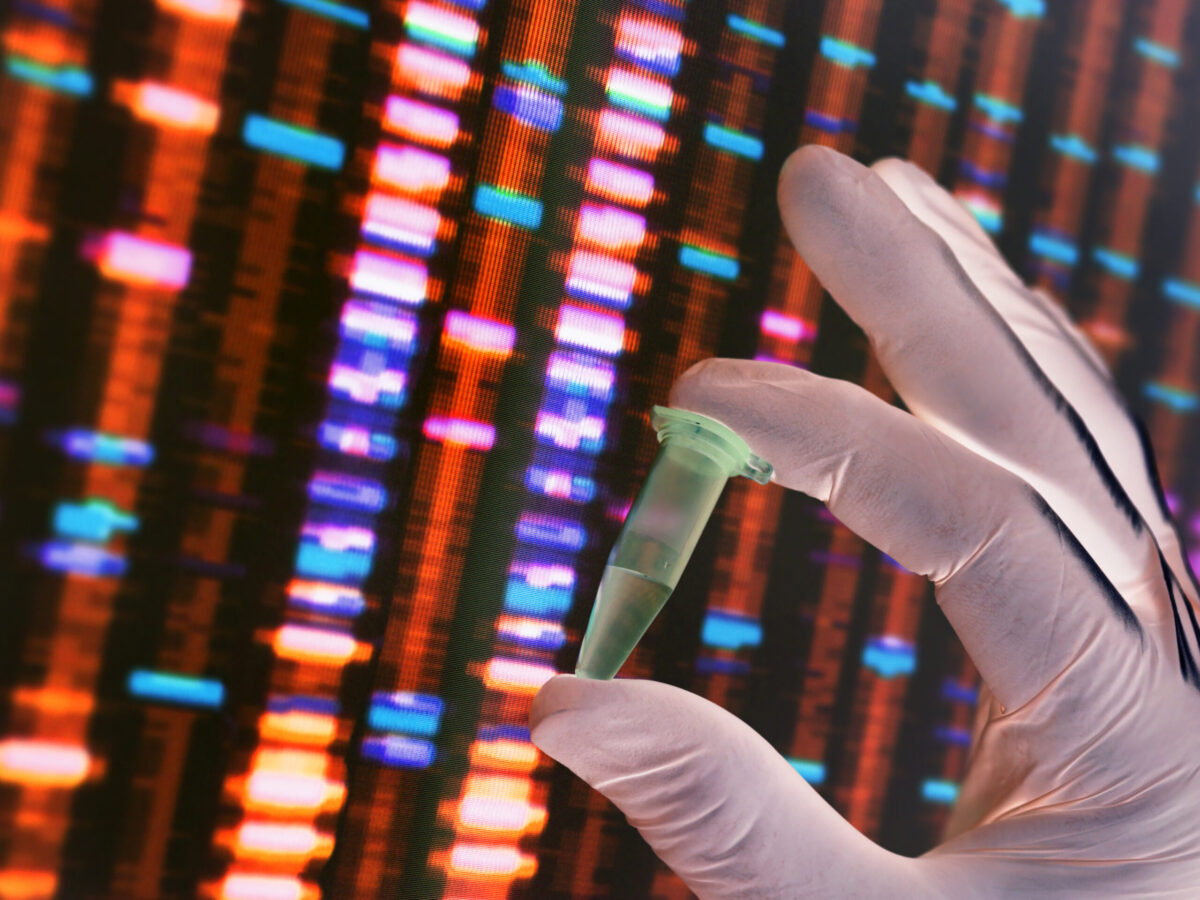CRISPR gene editing has the potential to be a powerful tool in the fight against genetic disease, however concerns surrounding potential off-target mutations could limit its use. Now, researchers from the University of California (UC) Berkeley and UC San Francisco have shown that newly-identified anti-CRISPR proteins could help improve the accuracy of the gene editing technique.
The CRISPR-Cas9 gene editing tool was originally found in certain strains of bacteria, which would use the enzymes to protect against invading viruses, known as bacteriophages. Over time, those viruses developed anti-CRISPR proteins to counteract the host’s immune system.
The UC researchers found that these viral anti-CRISPR proteins could reduce off-target effects of gene editing by as much as four times less than when the CRISPR tool was used on its own. According to the researchers – whose work was published in the journal, Science Advances – the anti-CRISPR proteins could stop the gene editing tool from over-editing after the desired changes have been made.
“Unexpected mutations can arise as a result of off-target gene editing, but our paper – like many others – shows that off-target effects can be modulated and it is not as serious as people might think,” said first author Jiyung Jenny Shin, a postdoctoral fellow at UC Berkeley.
In particular, an anti-CRISPR protein known as AcrIIA4 was able to reduce the number of off-target mutations by a factor of four in a human cell culture gene editing experiment involving the removal of a mutated hemoglobin gene involved in the development of sickle cell disease. Importantly, AcrIIA4 was able to reduce inappropriate changes to the genome without significantly reducing the desired effect of CRISPR.
“Even after six hours of effective CRISPR, inserting anti-CRISPR decreases off-target effects by more than two-fold compared to on-target effects,” said Shin. “Therapeutically, you could treat a patient with CRISPR first, and then treat with anti-CRISPR at a later time and decrease off-target effects.”
The researchers believe that these anti-CRISPR enzymes could become standard once CRISPR gene editing is used therapeutically in human patients. Last year, researchers at Sichuan University in Chengdu, China were the first to introduce CRISPR-edited cells into a human patient, however human clinical trials of the tool have yet to commence in the US.
“The ability to turn Cas9 gene editing off is just as important as the ability to turn it on,” said Jacob Corn, scientific director for biomedicine of the IGI and a UC Berkeley assistant adjunct professor of molecular and cell biology. “Imagine if you had an electric razor with no off-switch! For eventual therapeutic applications, it is critical to be able to precisely control when and where gene editing is active. The anti-CRISPR proteins offer opportunities to completely turn off Cas9 as well as fine-tune its activity.”
A controversial study published in the journal Nature Methods in May, suggested that CRISPR could introduce hundred, if not thousands, of unintended mutations into the genome. However, a recent article published in Forbes shared the analysis by another group of researchers, who found that the number of off-target mutations attributable to CRISPR in the Nature Methods paper may have been exaggerated.












Join or login to leave a comment
JOIN LOGIN